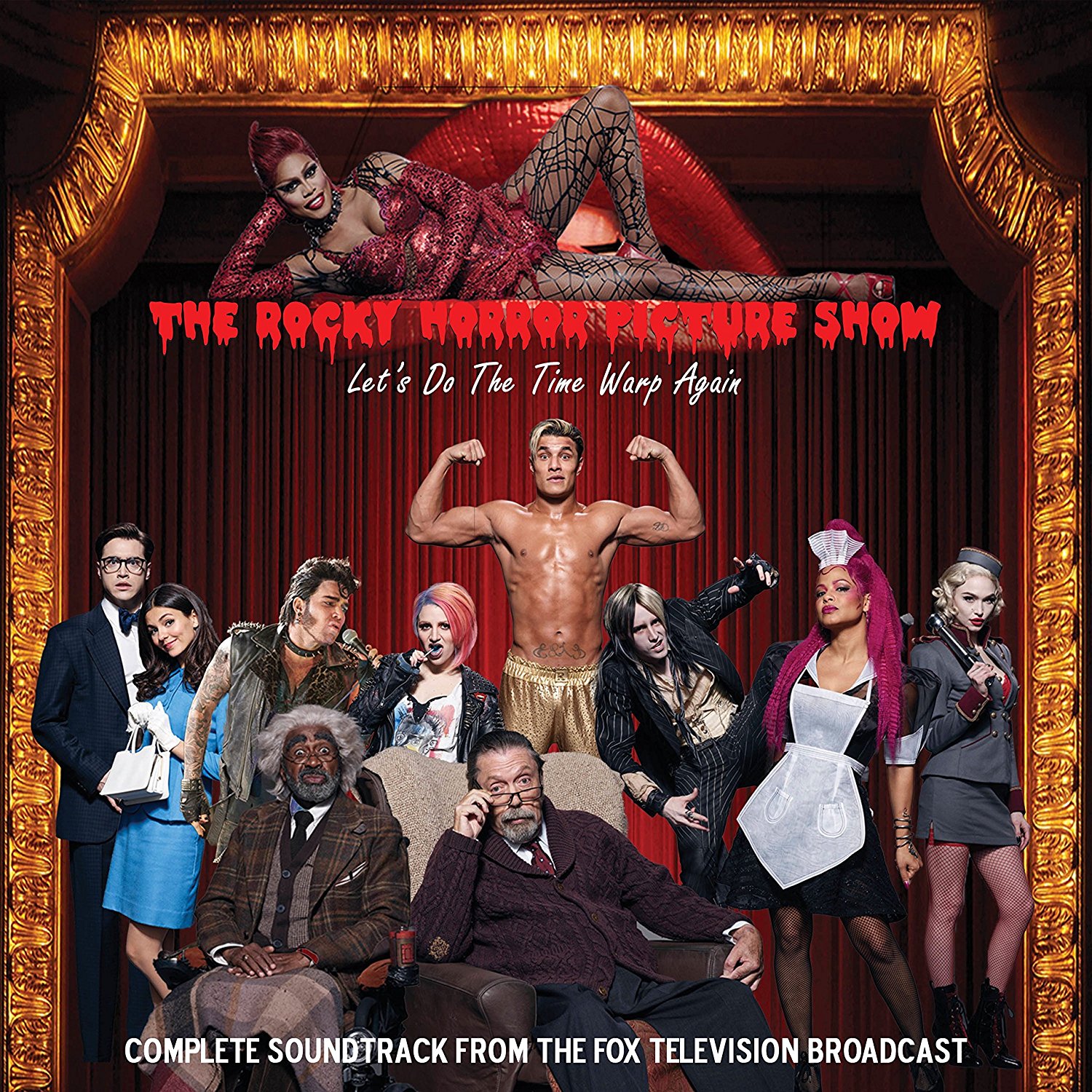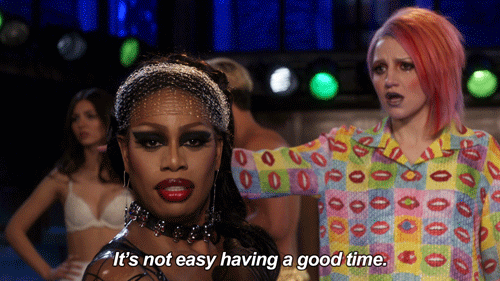 Last night, Fox TV gave us a remake/update of the cult classic Rocky Horror Picture Show, a staple of midnight movie screenings for decades. This update, with the tag "Let’s Do The Time Warp Again," aired at the family hour of 8pm, which pretty much sums up everything that’s wrong with it.
Last night, Fox TV gave us a remake/update of the cult classic Rocky Horror Picture Show, a staple of midnight movie screenings for decades. This update, with the tag "Let’s Do The Time Warp Again," aired at the family hour of 8pm, which pretty much sums up everything that’s wrong with it.
The original 1975 film is the definition of “lightning in a bottle.” There had been nothing quite like it at the time. It was genuinely transgressive, and featured one of the all-time out-there performances by Tim Curry as Frank-n-Furter, everyone’s favorite "sweet transvestite". While it’s easy to romanticize the original and ignore its weaknesses, the film does deliver as a warm-heated parody of sci-fi and horror movies as intended. What's more it's actually kinky, sexy, unsettling, and fun...
One of the central jokes of the original film, skillfully executed, is the sexualization of the two main squares, Brad and Janet, played memorably by Barry Bostwick and Susan Sarandon. How disappointing that the remake, forty years later, is oddly sexless and joyless.

"Let’s Do The Time Warp Again" starts promisingly enough, but the first musical number, “Damnit, Janet,” proves to be the highlight of the night. While its Greek chorus isn’t sensibly established, the first number is the best-staged and best-shot of them all. It’s also one of the few numbers where the singing seems to actually be coming from the actor. Many subsequent numbers are shot so poorly that you can’t connect a human being with the song or the music -- it’s just actors running around a stage to a pre-recorded track coming from nowhere.
But in “Damnit, Janet,” Ryan McCartan, who plays Brad, launches what is far and away the most smartly-imagined and sustained performance of the production. McCartan plays in a heightened style pitched to the absurdity of the piece, but with his eye on an arc that goes from nerdy to confused to titillated to ecstatic, and he comes the closest to unearthing some of the edge of the original picture.
Any actor following in the footsteps of Tim Curry’s truly iconic performance has an unenviable task. Curry’s acting is perhaps even more a miracle of impropriety now than it was upon initial release. In the role of Frank-n-Furter, Curry had an unnerving quality that makes most viewers, regardless of their predilections, feel aroused, confused, and disquieted by their own sexuality. His was a true blur of gender and sexuality, and genuinely scary to boot. With Curry, you’re never sure what you’re watching, but you know that it's both dangerous and playful, and intoxicating mix.
Our new Frank-n-Furter, Laverne Cox, gets to show her instincts for comedy and her flair for melodrama. In the film’s final stretch, when she no longer has to play traditional scenes and the piece becomes an onstage extravaganza, she amps up the glamour and her showmanship works well. But ultimately it’s an artificial performance where Cox aims purely for effects and “acts at” danger and edge, rather than truly finding it. The director, Kenny Ortega, doesn’t support her performance with any larger conception underneath it.

But that’s the m.o. of Ortega in general. It’s difficult to follow what some of the actors are playing, but perhaps that’s because they don’t know either. The biggest victim is Staz Nair, who as Rocky, can’t manage to make any semblance of a character -- even the obvious joke of Rocky being colossally stupid doesn’t play; there’s little more depressing than an unsexy Rocky, who was created for sex. Ortega hasn’t reconceptualized the piece to play for 2016. The casting of Cox, a trans actress playing a transvestite, should surely lend something interesting to the material, but without inspiration it's reduced to a stunt.
The raw material of Rocky Horror Picture Show remains deeply flawed, but it can be forgiven if it’s done in a way that feels transgressive and fun. But even the “Time Warp” song itself, the definition of a fail-safe number, lands with an unexciting thud. Perhaps there are fewer boundaries to push now, but this version could safely be watched with children and that alone betrays the source material in irrecoverable ways.